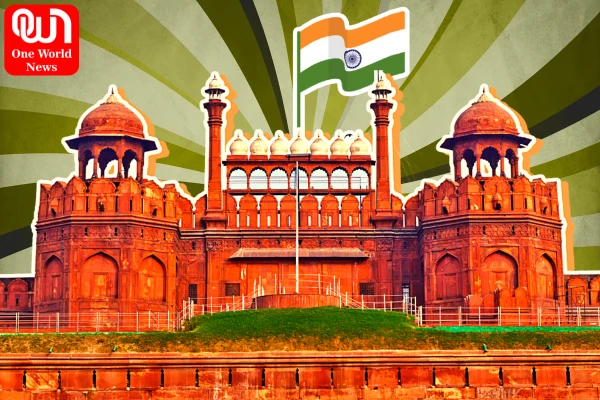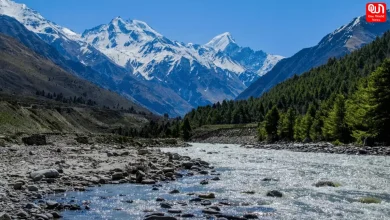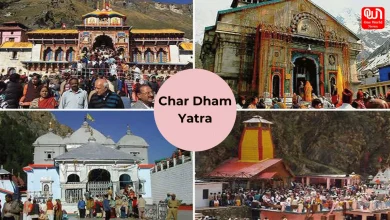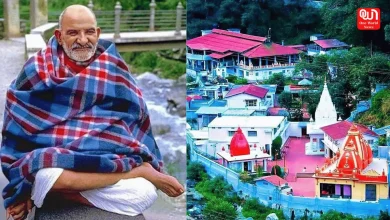
Discover the Majesty and History of the Red Fort of Delhi: A Monument denoting India’s Cultural Heritage and Architectural Prowess
The Red Fort, also known as Lal Qila, is one of the most iconic and historically significant monuments in India. Located in the heart of Delhi, this massive fortress was built by the Mughal Emperor Shah Jahan in the mid-17th century, and has since become a symbol of India’s rich cultural heritage and architectural prowess. In this article, we will explore the history, architecture, and timings of the Red Fort, and examine its enduring significance in contemporary Indian culture.
History
The history of the Red Fort dates back to the 17th century, when the Mughal Emperor Shah Jahan decided to move his capital from Agra to Delhi. He commissioned the construction of a massive fortress on the banks of the Yamuna River, which would serve as the primary residence for the royal family and a symbol of Mughal power.
Construction of the Red Fort began in 1638 and took nearly a decade to complete. The fort was built using red sandstone, which gives it its distinctive color and name, and features intricate carvings and decorations that reflect the Mughal style of architecture.
Over the centuries, the Red Fort has played an important role in Indian history. It was the site of numerous battles and conflicts, and was occupied by various foreign powers, including the British, who used it as a military base during their colonial rule. Today, the Red Fort is a UNESCO World Heritage Site and one of the most visited tourist attractions in India, attracting millions of visitors each year.
Architecture
The Red Fort is a prime example of Mughal architecture, which is characterized by its grandeur, symmetry, and use of intricate decorations and patterns. The fort covers an area of 254 acres and features a number of impressive structures and monuments, including the Diwan-i-Am (Hall of Public Audience), the Diwan-i-Khas (Hall of Private Audience), the Nahr-i-Behisht (Stream of Paradise), and the Moti Masjid (Pearl Mosque).
One of the most striking features of the Red Fort is its massive walls, which are up to 33 metres high and 2.5 kilometres in circumference. The walls are made of red sandstone and are adorned with intricate carvings and decorations, including verses from the Quran and other Islamic texts.
Inside the fort, visitors can explore the various palaces, gardens, and courtyards that make up the complex. The Diwan-i-Am is a vast open-air pavilion where the emperor would meet with his subjects and hear their grievances. The Diwan-i-Khas, on the other hand, is a smaller, more intimate space where the emperor would meet with his closest advisors and conduct state business.
The Nahr-i-Behisht, or Stream of Paradise, is a central water feature that runs through the fort and is surrounded by lush gardens and pavilions. The Moti Masjid, or Pearl Mosque, is a stunning white marble structure that was built by the emperor Aurangzeb in the mid-17th century.
Timings
The Red Fort is open to visitors every day of the week except for Mondays. The complex is open from 9:30 am to 4:30 pm, and tickets can be purchased on-site or online in advance.
In addition to exploring the various structures and monuments, visitors can also enjoy a number of cultural and historical activities at the Red Fort. There are sound and light shows daily that recount the history of the fort and its significance in Indian culture, as well as traditional dance and music performances that showcase the country’s rich artistic heritage.
Conclusion
The Red Fort is a testament to India’s rich cultural heritage and architectural prowess. Its massive walls, intricate carvings, and stunning monuments make it one of the most impressive and recognizable landmarks in the country, and its historical significance has earned it a place on the UNESCO World Heritage list.
Today, the Red Fort serves as a symbol of India’s past, present, and future. It is a reminder of the country’s glorious history and a testament to its enduring cultural legacy. At the same time, it is a living monument that continues to inspire and captivate visitors from around the world.
Despite its age, the Red Fort remains an important part of modern Indian culture. Its iconic architecture has been replicated in countless buildings and monuments throughout the country, and its historical significance continues to be celebrated in festivals, cultural events, and other activities.
For many Indians, the Red Fort is more than just a tourist attraction – it is a symbol of national pride and a reminder of the country’s rich cultural heritage. Its enduring significance serves as a testament to India’s past achievements as well as its future potential, and its continued presence in the heart of Delhi is a testament to the resilience and strength of the Indian people.
Read more:- Experience Artistic Marvels At The National Gallery of Modern Art , Delhi
In conclusion, the Red Fort is a testament to the artistic and architectural achievements of the Mughal Empire, as well as a symbol of India’s rich cultural heritage. Its impressive structures, intricate carvings, and stunning monuments make it one of the most recognizable and impressive landmarks in the country, and its continued presence in the heart of Delhi is a testament to its enduring significance in contemporary Indian culture. Whether you are a history buff, an architecture enthusiast, or simply a curious traveler, a visit to the Red Fort is an experience that is not to be missed.
Like this post?
Register at One World News to never miss out on videos, celeb interviews, and best reads.








